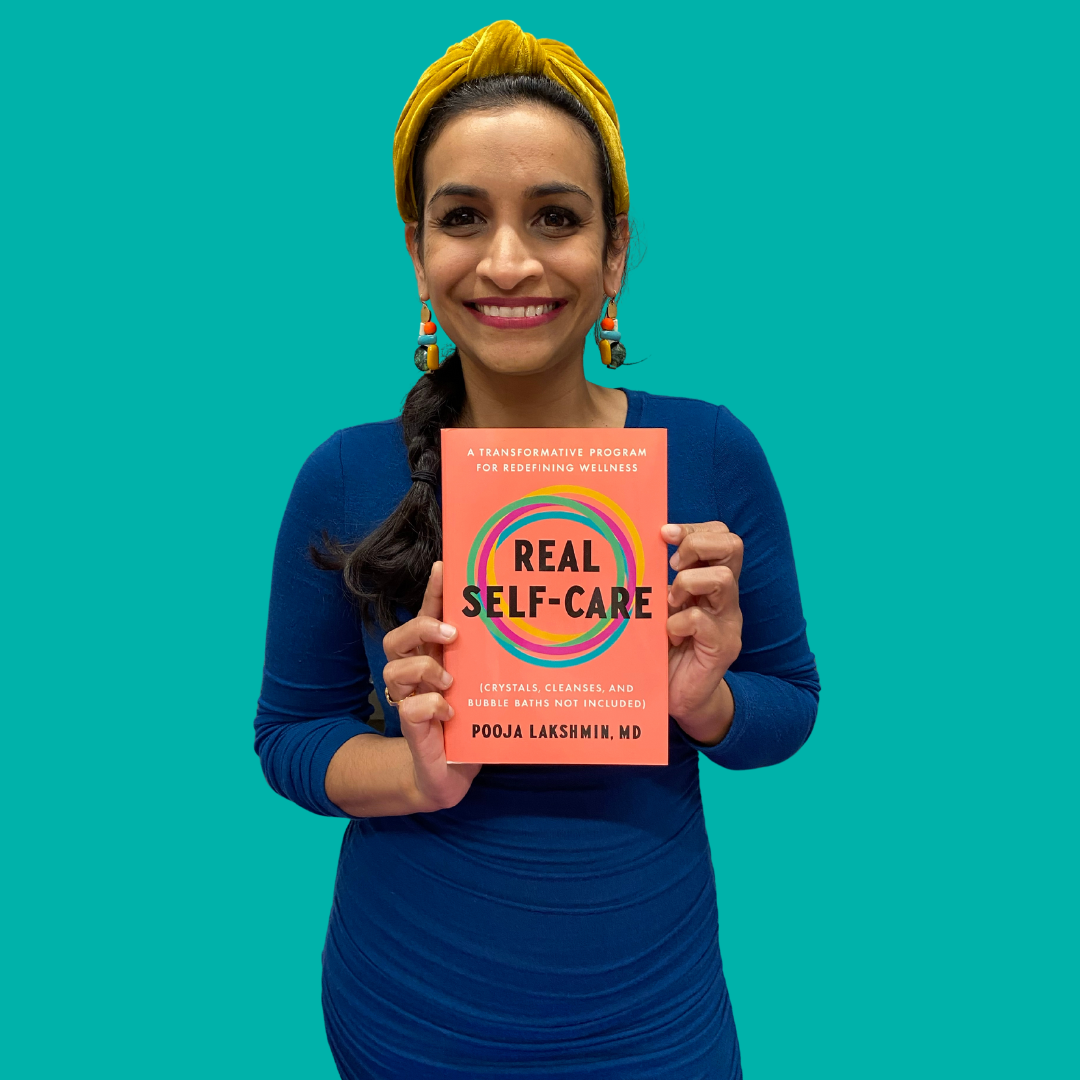Talking to Your Teen About Sexuality and Gender
June is Pride Month and this week we’re bringing you a very special top: how to talk to your teens about sexuality and gender. With around 12% of teens in America identifying as LGBTQ+, according to the CDC, the ‘talk’ is extremely important.
It’s okay if you feel naïve or inadequate on this subject. Unless we ourselves have personal experience with this subject matter, it can make us unsure about how to communicate the topic to our children.
The most important aspect of this conversation is to ask open-ended questions and listen to your child’s response. Teens should feel comfortable to come out to their parents and feel their love and support throughout the process. Most LGBTQIA adolescents are aware of their sexual orientation or gender identity from a young age.
According to the Yale School of Medicine, 83 percent of the worlds LGBTQIA population stays ‘in the closet’ for their entire life, keep their orientation secret from their loved ones. Keeping your identity hidden can have serious physical and mental health issues. It can lead to increased healthcare costs and dampen the visibility of the community, a necessity for the advancement of equal rights.
In many countries, being free and open can have dangerous, even fatal, consequences. Same-sex marriage is only legal in 28 countries, while same-sex sexual activity is criminalized in 72 countries. Even in the most accepting countries, there are plenty of reasons why an individual may choose to stay ‘in the closet.’
This is why it’s so important for parents to ensure to their child that their love is not conditional. They will love and support to their children, no matter what their gender identity or sexual orientation is.
What is sexual orientation?
Sexual orientation is defined by Merriam-Webster as “a person's sexual identity or self-identification as bisexual, straight, gay, pansexual, etc.” To better understand this definition, sexual orientation is about who you have attraction towards and want to be in a relationship with. Like the definition states, your sexual orientation can be straight, gay, lesbian, bisexual, asexual, and pansexual.
What is gender identity?
Gender identity is very different from sexual orientation. Merriam-Webster defines gender identity as, “a person's internal sense of being male, female, some combination of male and female, or neither male nor female.” Instead of who you’re attracted to, gender identity is about who you are. Gender identities include male, female, genderqueer, nonbinary, etc.
Once you have an understanding of LGBTQIA vocabulary and identity, you can begin talking to your children about this topic. You can start with casual conversations, in the car, or whenever the topic organically arises. Your child might tell you a story about a classmate at school, which can be a segue into these important topics.
Ask open-ended questions and gauge how your child thinks and feels. Let their responses to your questions guide the conversation. Make sure you’re talking positively about all of the diversity that exists in our communities and world.
If you want to kick-start conversations with your adolescent about sexual orientation and gender identity to show them that you’re there with love and support, here are some questions you can ask them:
1. When you think about who you want to be in a romantic relationship with, who do you picture? Males, females, both, or neither?
2. What do you need to feel love and supported?
3. What are you experiencing in school with your classmates? Are they nice to the LGBT kids?
Keep in mind these conversations may be hard for your child if they’re still figuring out how to communicate their sexual orientation or gender identity. Remind them that your love is not conditional, and that it is forever – even if you don’t know exactly who they’re going to be in the future.
Make your home a safe space, judgement-free so your children (and even their friends) can talk to you about anything without fear of repercussions. If you or your child has trouble communicating verbally, you can try creating a journal for the two of you to share.
If your child is questioning their sexual orientation or gender identity, or just needs support, please reach out to us. Our team of therapists is here to provide support and guidance. We look forward to connecting with you.







